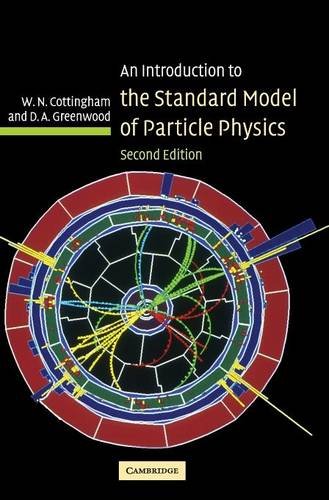An Introduction to the Standard Model of Particle Physics pdf download
Par mitchell allison le samedi, mars 19 2016, 21:17 - Lien permanent
An Introduction to the Standard Model of Particle Physics. D. A. Greenwood, W. N. Cottingham

An.Introduction.to.the.Standard.Model.of.Particle.Physics.pdf
ISBN: 0521852498,9780521852494 | 294 pages | 8 Mb

An Introduction to the Standard Model of Particle Physics D. A. Greenwood, W. N. Cottingham
Publisher: Cambridge University Press
The Standard Model has been fantastically successful, in that it is capable of predicting how particles will behave to very high accuracy. The students see it as another success for the standard model of particle physics. Now, the standard model of particle physics is complete, except for one important thing: black holes. Even the quantum vacuum of the standard model of particle physics is chiral [1], so that the behavior of the left-handed and right-handed elementary particles (quarks and leptons) are essentially different. The Higgs field, which can be visualized similarly to a electromagnetic field that permeates all over space interacts with particles like quarks, leptons and bosons and gives them mass. 1) that emerge under rotation, small differences in the total energy are to be expected, and the situation with l ̂ ∥ - Ω arises from introducing the circular skyrmion in the disk, which has lower energy. Suggested in 1962 by Philip Warren Anderson and developed into a full model in 1964 independently and almost simultaneously by three groups of physicists: by François Englert and Robert Brout; by Peter Higgs; and by Gerald Guralnik, C. Moreover, Veltman contends that there is no such thing as dark matter. This finding is one step to backing up the standard model of particle physics, which predicts that the Higgs boson is real. One of the consequences is the . But Veltman, who helped to shape this model, is cynical.